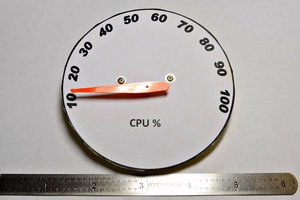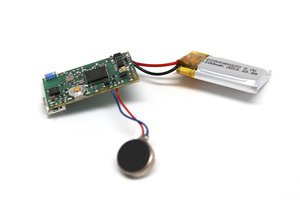As it happens, my multi-meter doesn't have a buzzer to test continuity and it is a little bit annoying to keep looking at the display ...
My first idea was to hack it to add a buzzer but it happened to be not that easy ...
Second idea was to build a continuity tester using a buzzer so I could hear that cool "beeeeeep" when there is continuity but I realized that that cool beep could not be that cool for my housemates 2am in the morning ....
Winner solution ... to use an old mobile motor so I can "feel" continuity without looking at any display or led while my housemates can still enjoy their sleep.
Components:
- Old mobile motor
- Two nails
- Some wire
- Hole experimental board
- Two old white board markers
- AA battery
- Cardboard
- hot glue gun
Process
- I rolled a piece of cardboard to make some room for the motor in one of the markers.
- hole boards were cut with a scissor.
- I soldered a nail to one pin of the motor and the other pin of the motor to a circular pcb that fits exactly in the marker.
Nails are secured with hot glue
Three years later update
cotinuity.sensor.v2.pngYeah, it took me some time to update this thread ... First of all, I haven't managed to fry any component with the brute first version. It's true the current can be quite high but my theory is that most of the times and for most of the very common components I use, a fraction of a second won't be enough to fry them? Any way, I have finally decided to make a V2 where the small motor is driven by a transistor and the current going through the probes is only 6mA Same shell, only different guts ... |



 Adam Fabio
Adam Fabio
 Krockwell
Krockwell
 Sudhanshu Sharma
Sudhanshu Sharma
 Laura
Laura
Well a vibrating continuity tester is really a good idea buzzer in the lab is sometime annoying. But the current is way too high for a safe test tool (from a device point of view).
To be safe voltage accross the probes shall be lower than 0.3V in order to not make diodes conduct and current shall be low too.